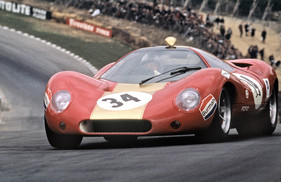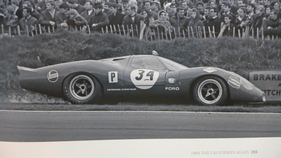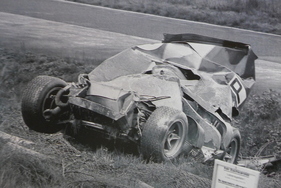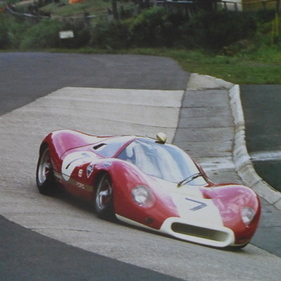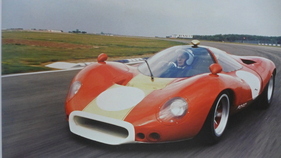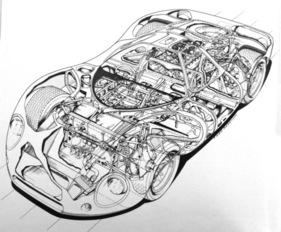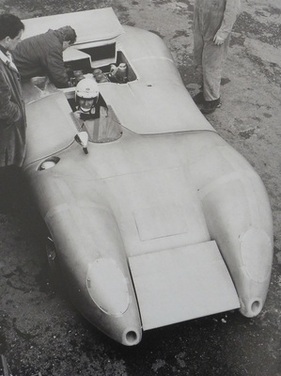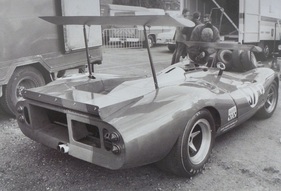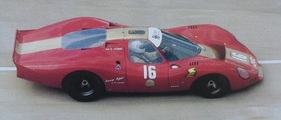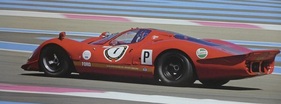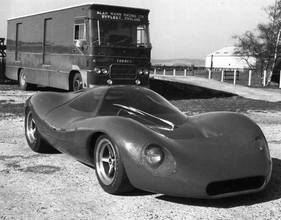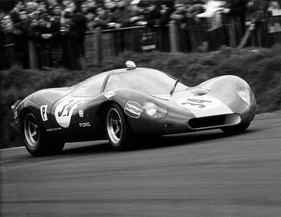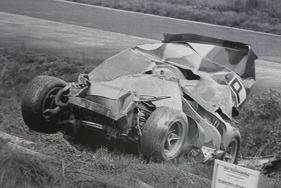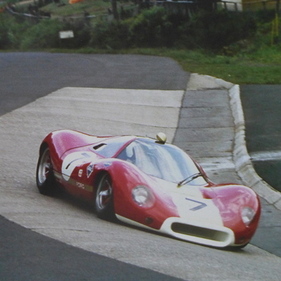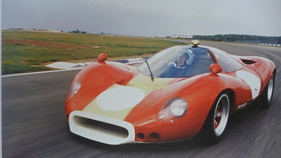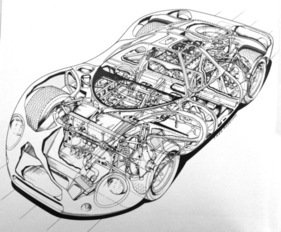Technology in a racing car (21): Ford P68 - Being beautiful and a little obscene
Summary
Some cars are so beautiful that your heart almost stops. The Ford P68 bought its beauty at an expensive price. The downforce was so low, the handling so unpredictable, that even the drivers' hearts soon stopped. This article from the series "Technology in racing cars from 1958 to 1978" looks at the three-liter Ford P68 prototype in detail and shows it in historical images.
This article contains the following chapters
- Beautiful to die for
- A Formula 1 car with two seats
- The Spider
- No determination, no test drivers
Estimated reading time: 5min
Preview (beginning of the article)
The years 1958-1978 were the two most creative decades in the history of racing technology. This series portrays the most innovative, pioneering and exotic designs of Formula 1, Indy cars, sports cars and Can-Am, and at the same time traces the major lines of development that still have an impact today. The series started with Lotus, one of the most important innovation drivers of these two decades. And the series will also finish with Lotus. This time, everything revolves around a racing prototype that sadly proved that beauty is by no means everything. Can beauty be a sin? The red and gold Ford P68 from the Alan Mann Racing team and aerodynamicist Len Terry, who also designed the Ford GT40, was sinfully beautiful even in black and white. On top of that, it had a record low drag coefficient (cd) of 0.27. But the beauty of flowing, low-drag shapes can be an aerodynamic sin because it is usually associated with lift.
Continue reading this article for free?
Photos of this article

